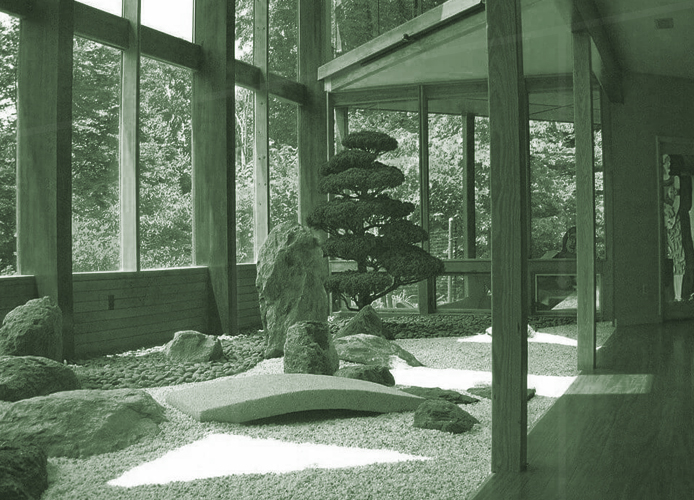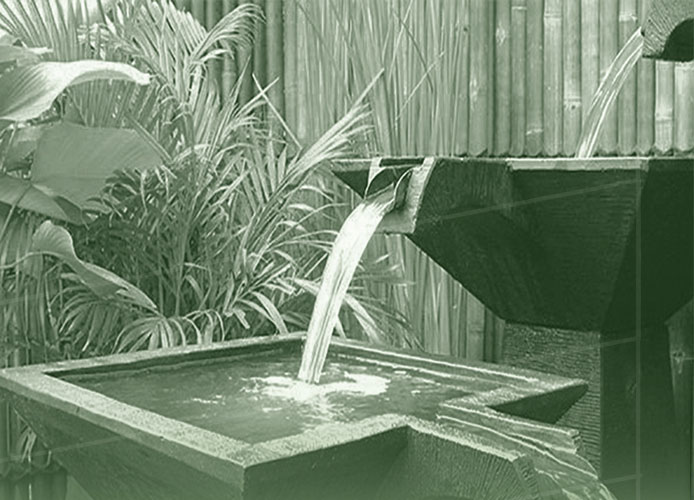

Indoor landscaping is the application of natural elements which creates a pleasant environment and provides a sense of nature in indoor spaces such as hotels, shopping centers, public buildings and even apartments so that causes relaxation, improving air quality and increasing oxygen, lowering the temperature and reducing energy consumption. Different methods of indoor landscaping include:
Green Garden
The use of green plants, shrubs, and pots in spaces with sufficient light and proper ventilation is called green gardening.
Stone Scape
This method, also known as Zen Garden, plays an important role in the design of Japanese gardens and is used in the design of yoga and meditation areas. The style uses stones and rocks or a few plants as well.
Holy Scape
According to many religious beliefs some plants are sacred or a symbol of holiness or bring good fortune and are used in temples or holy shrines. Due to the nature of place, some statues and sculptures might be used.


Horticulture
This style is similar to green gardens, and the difference relies on the cultivation of aromatic plants or herbs in indoor areas in order to harvest them. This gardening style can also be considered as a very small urban farm.
Floating Indoor Landscaping
The use of aquatic plants or floating planting beds on water is called floating indoor landscaping. Since this style increases indoor humidity, it is not usually recommended in hot weather conditions.
Water Scape
This style is generally used to convey a sense of movement in the space. It usually consists of small channel, water pond, small fountains and aquatic plants. The design might be either vertically or horizontally. To conclude, interior landscape design is used for many reasons such as: increasing visual beauty, increasing calmness and sense of life in the space, and environmentally friendly design to reduce energy consumption. It can also make the area more pleasant and desirable for the residents.